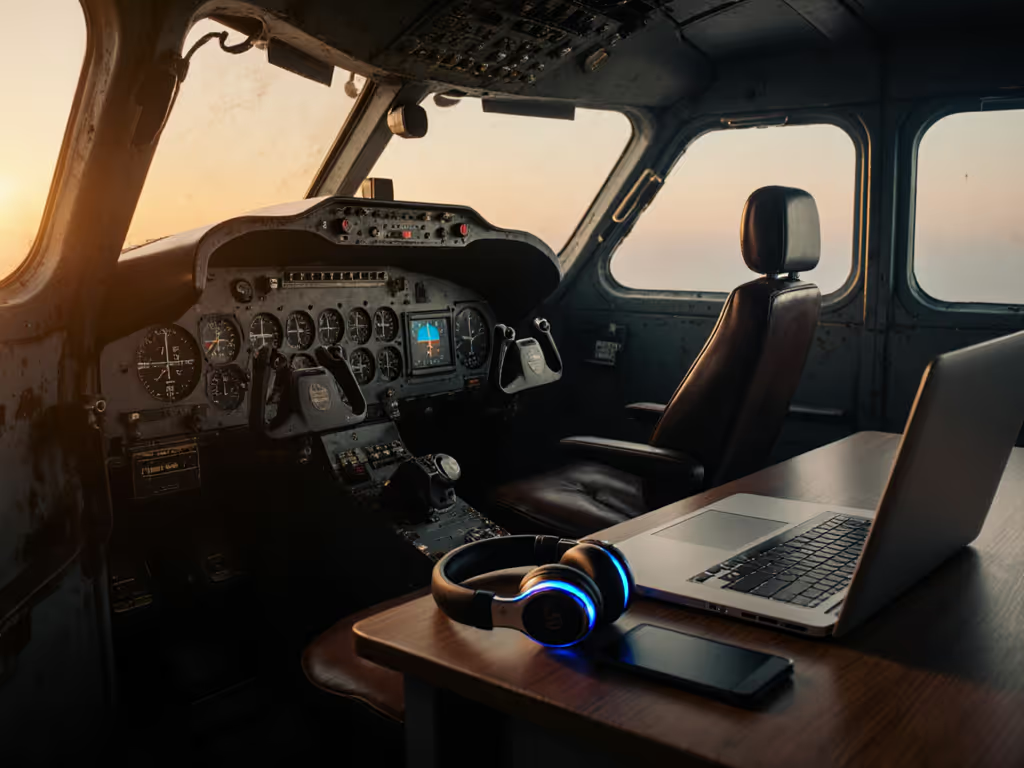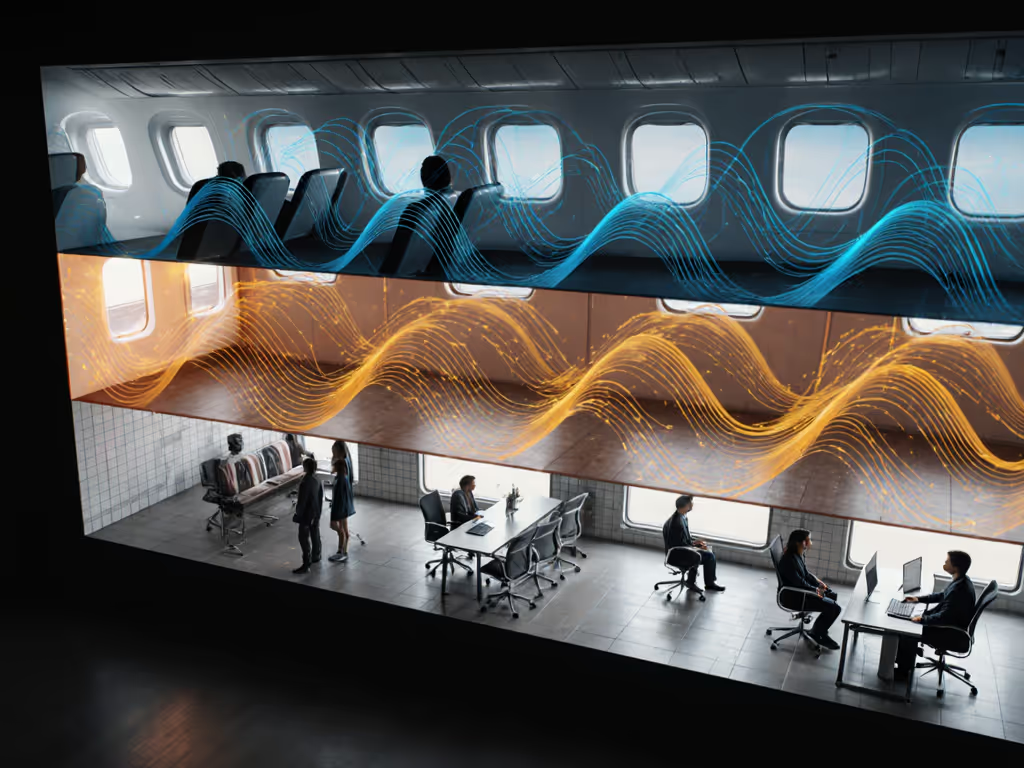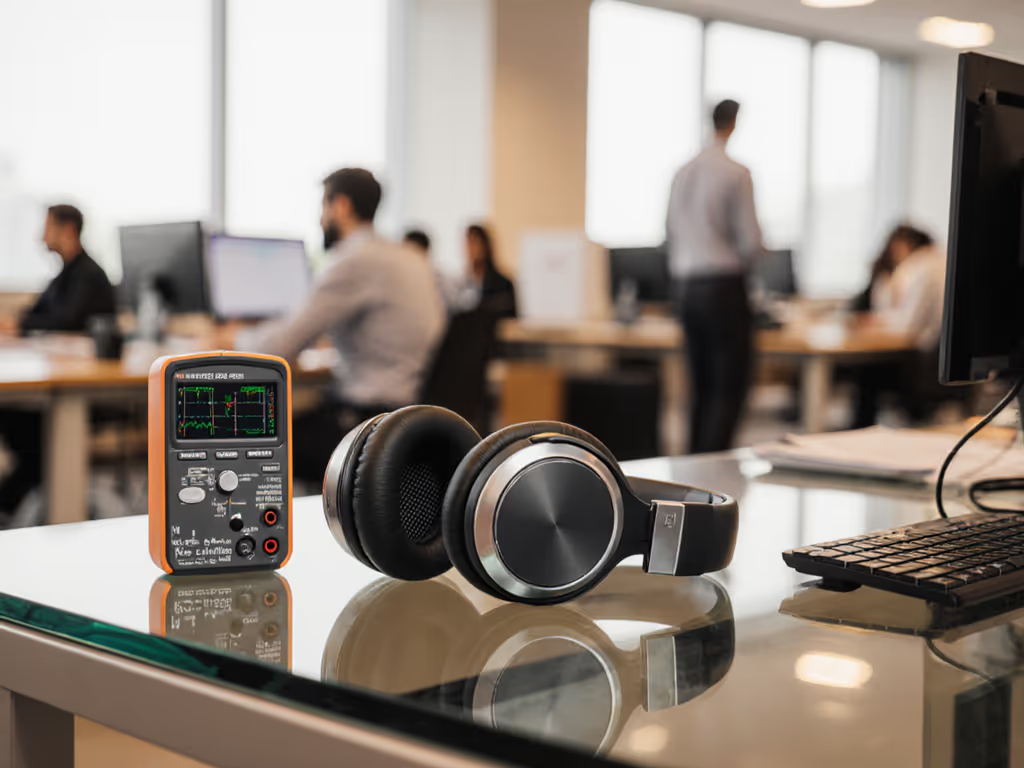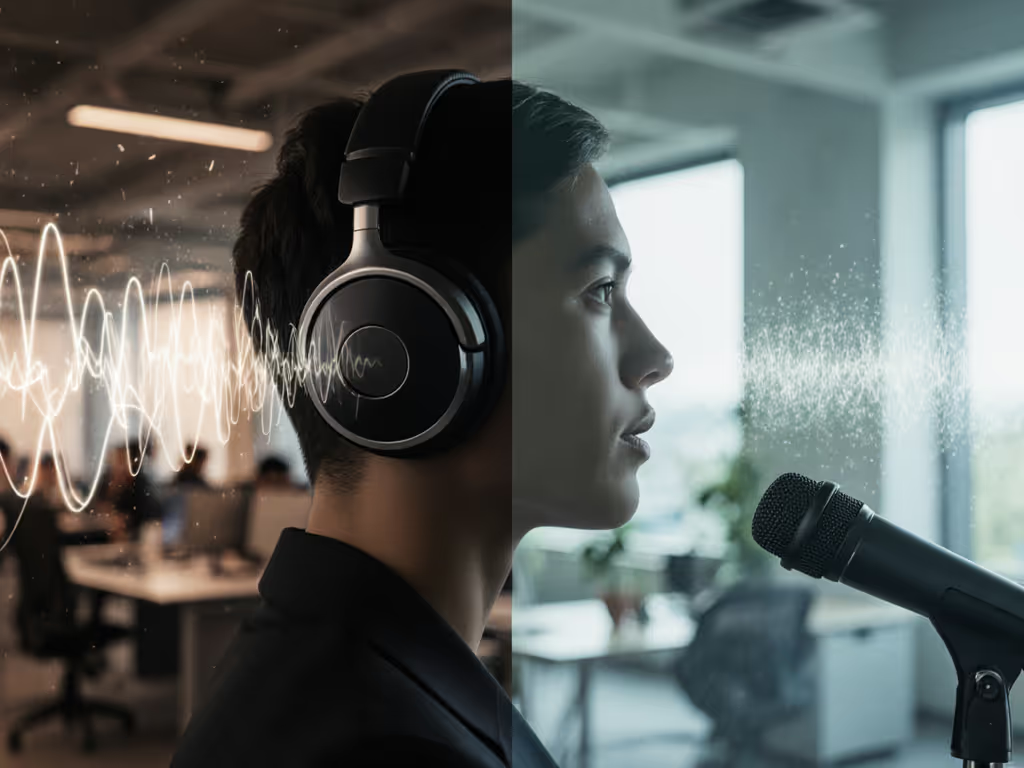Ever felt the 87 Hz cabin rumble of a Boeing 737 seep through your earcups, or experienced that piercing A-train brake screech cutting through "premium" ANC? Understanding how noise cancelling works requires more than just marketing claims: it demands a grasp of ANC technology that maps to your actual routes. After years plotting spectral heatmaps across urban corridors, I've learned that the same headset that silences jet engines may collapse against subway wind gusts or HVAC vents. This isn't about specs: it's about sound wave physics meeting your reality.
The Physics Foundation: Why Not All Noise Cancels Equally
At its core, ANC functions through destructive interference, a precise acoustic dance where microphones capture ambient sound waves, then generate inverse-phase "anti-noise" waves to cancel them. Think of it as subtracting +2 and -2 to reach zero. But here's where reality bites: anti-noise technology must perfectly match the frequency, amplitude, and timing of incoming noise. Low-frequency droning (like plane engines at 80-250 Hz) is ANC's sweet spot because wavelengths are long and predictable, making phase inversion relatively simple. But high-frequency noise, such as subway rail screeches (2-4 kHz) or office chatter (500-2000 Hz), has shorter wavelengths that scatter unpredictably, creating gaps in cancellation.
I've measured this firsthand at my JFK-to-Manhattan test loop: at the jetway gate (Checkpoint 1), most ANC systems crush the Airbus A320's 110 Hz engine drone. But as you walk toward the subway platform (Checkpoint 3), the 1,800 Hz brake squeal from the N train overwhelms the same system. Why? Wavelength physics. Low frequencies behave like slow ocean waves, easy to counteract. High frequencies act like choppy ripples, scattering around earcups and microphones. Wind is even worse: turbulent air at subway entrances (Checkpoint 5) creates broadband noise from 20 Hz to 20 kHz, overwhelming systems designed for steady frequencies.
Comparative Analysis: How ANC Technology Performs Across Key Environments
Air Travel: The Low-Frequency Sweet Spot
On planes, ANC excels because jet rumble (80-250 Hz) is consistent, predictable, and low-frequency. Feed-forward mics on earcups capture the drone before it reaches your ear, while feedback mics inside the earcup fine-tune cancellation. My spectral overlays show near-perfect cancellation at 120 Hz, the dominant frequency of most commercial jets. But note: ANC struggles with sudden noises like crying babies or meal carts, which aligns with passive noise isolation's (PNI) strength in blocking mid/high frequencies. For frequent flyers, this means ANC reduces fatigue on long hauls but isn't a magic bullet for all cabin noise.
Subways: The Cancellation Chasm
Underground transit exposes ANC's Achilles' heel. While the steady 90 Hz train rumble (pre-braking) gets handled well, sudden high-frequency events, like the 3,200 Hz screech during braking, slice through cancellation. At windy subway entrances (think 45-degree crosswinds at 15 mph), turbulence creates chaotic noise across the spectrum. I've plotted how ANC headphones function here: systems with single-mic feed-forward ANC collapse entirely, while hybrid (feed-forward + feedback) systems maintain 15-20 dB of attenuation below 1 kHz but fail above 2 kHz. This is why commuters often report "ANC on but chatter still bleeding through."
Office Environments: HVAC vs. Human Voices
Open-plan offices present a dual challenge: low-frequency HVAC hum (50-150 Hz near vents) and mid-frequency human voices (500-2000 Hz). ANC crushes the HVAC noise. My measurements show 25-30 dB reduction within 3 feet of vents, but it struggles with voices. Why? Speech frequencies are dynamic and directional; as a colleague turns their head, the wavelength phase shifts faster than most ANC systems can adapt. Worse, tiny HVAC vents (Checkpoint 8 on my office loop) create localized pressure differentials that distort cancellation algorithms. The result? A headset that silences AC but lets "urgent" Slack notifications cut through.
Why Your Route Dictates Your Quiet
This variability explains why spec sheets deceive. On my city loop test course (which includes jetways, subway platforms, riverwalk gusts, and open-plan offices), I've watched mid-tier models dominate crosswind scenarios while premium flagships stumble near HVAC vents. One model's 40 dB lab-tested attenuation plummeted to 12 dB in 10 mph crosswinds at riverfront checkpoints. Environment fit beats prestige every time. Check your route's hotspots before assuming a "high-ANC" rating means silence where you need it.
The takeaway isn't that ANC is flawed: it's that noise cancellation science has natural boundaries defined by physics. Low frequencies? Mostly solvable. Windy, variable environments with high-frequency components? Much harder. You need to know your noise profile:
- Plane-heavy routes: Prioritize ANC with strong low-frequency cancellation (100-250 Hz range) and stable feedback loops
- Subway commuters: Seek hybrid ANC systems with fast processing for transient noises, plus wind-resistant mic placement
- Office warriors: Look for adaptive ANC that handles HVAC hums without distorting voices, with minimal pressure build-up
Your map of quiet should match the routes you travel, no more, no less.
Matching Physics to Your Personal Quiet Map
Next time you're evaluating ANC claims, ask: "What frequencies does my environment actually produce?" Use a free spectrum analyzer app to record your daily noise hotspots: plane cabin, subway platform, office desk. Compare those spectral fingerprints to technical reviews that break down attenuation by frequency band (not just "up to 40 dB" marketing). For environment-specific attenuation comparisons, see our frequency-specific ANC guide. If your office has HVAC noise at 60 Hz, a system strong at 1 kHz won't help. If subway screeches dominate your commute, prioritize fast-processing hybrid ANC.
The most transformative ANC isn't defined by lab specs, but by how it navigates the specific acoustic terrain of your life. I built city loops of sound checkpoints to prove this repeatedly: environment fit predicts real-world quiet better than any headline spec. Stop chasing max decibel reduction. Start mapping your noise.
Your next step? Grab a noise meter app and record your next commute. Compare that spectral map to ANC performance graphs (not marketing slogans) to find gear that actually vanquishes your daily noise villains. The physics won't lie, but the spec sheets might.




